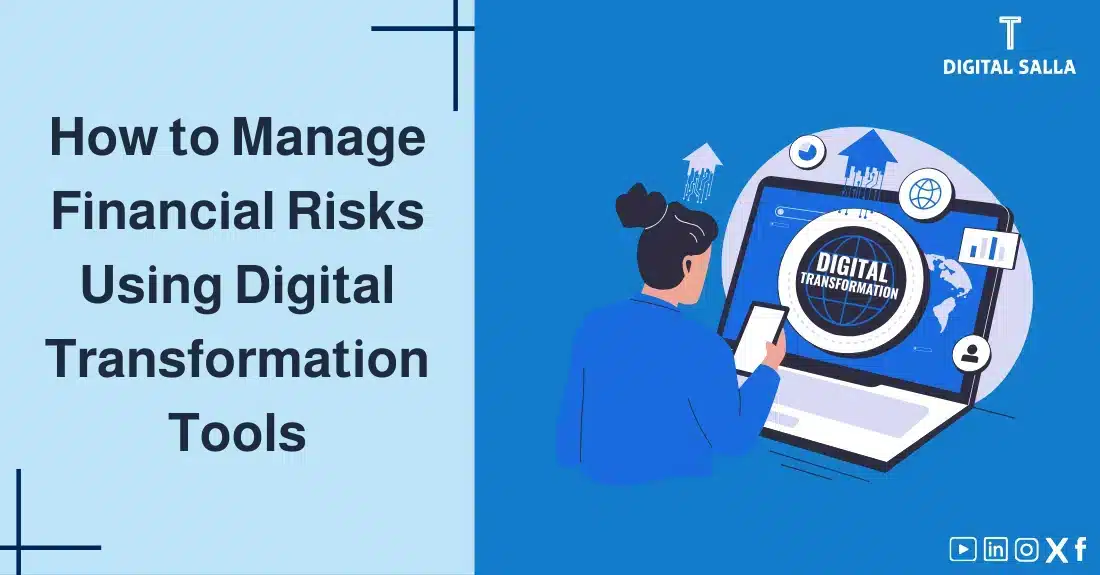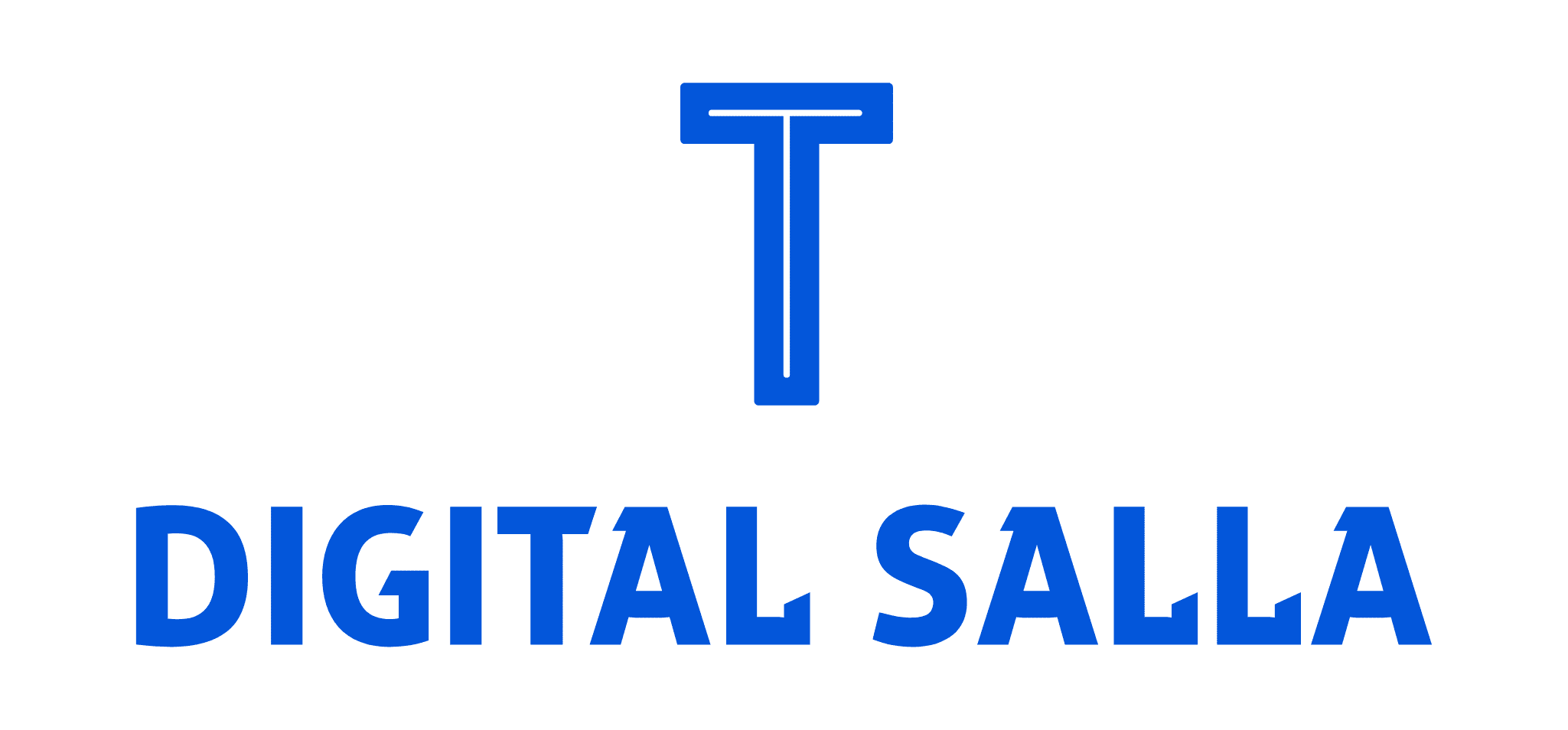How to Use Digital Transformation Tools for Financial Risk Management

In today’s dynamic and complex business environment, companies face a variety of financial risks, including credit risk, market risk, liquidity risk, and exchange rate risk. Effective Financial Risk Management is an essential element to ensure the stability and long-term success of the entity. In this article, we will discuss how to manage financial risks using digital transformation tools, and review how modern technologies, such as artificial intelligence, big data analytics, and the Internet of Things, can help identify, assess, and mitigate financial risks more efficiently and accurately, with a focus on the importance of integrating these tools with accounting software and risk management systems.
What is Financial Risk Management?
Financial Risk Management is the process of identifying, assessing, measuring, monitoring, and controlling the financial risks facing an entity. The goal of Financial Risk Management is to reduce the likelihood of financial losses or reduce their impact on the entity.
Types of Financial Risks:
- Credit Risk: The risk of non-payment by debtors (customers) of their financial obligations.
- Market Risk: The risk of fluctuations in asset prices in the market, such as prices of stocks, bonds, foreign currencies, and commodities.
- Liquidity Risk: The risk of the entity’s inability to meet its short-term financial obligations when they fall due.
- Interest Rate Risk: The risk of changes in interest rates that may affect the cost of financing or the value of investments.
- Exchange Rate Risk: The risk of changes in foreign exchange rates that may affect the value of assets and liabilities denominated in foreign currencies.
- Operational Risk: The risk of losses resulting from failure of internal processes, systems, or people, or from external events.
- Compliance Risk: The risk of non-compliance with laws and regulations governing the entity’s activity.
Importance of Financial Risk Management:
- Protecting the Entity’s Assets: Financial Risk Management helps protect the entity’s assets from financial losses.
- Ensuring Business Continuity: Financial Risk Management contributes to ensuring the entity’s ability to continue its operations even under difficult economic conditions.
- Improving Financial Performance: Effective Financial Risk Management leads to improved financial performance of the entity by reducing losses and increasing profits.
- Enhancing Investor Confidence: Financial Risk Management enhances investor confidence in the entity by demonstrating its ability to manage risks effectively.
- Compliance with Laws and Regulations: Financial Risk Management helps ensure the entity’s compliance with relevant laws and regulations.
- Making Better Decisions: Financial Risk Management provides accurate information about the risks facing the entity, which helps management make more informed decisions.
Digital Transformation Tools in Financial Risk Management:
- Artificial Intelligence (AI) and Machine Learning:
- Credit Risk Assessment: AI can be used to assess customers’ credit risk more accurately and quickly by analyzing their financial data and repayment behavior.
- Fraud Detection: AI can be used to detect fraudulent activities by identifying unusual patterns in financial transactions.
- Financial Risk Forecasting: Machine learning can be used to develop predictive models that help forecast future financial risks, such as the risk of loan defaults or exchange rate fluctuations.
- Automating the Risk Management Process: AI can automate many routine tasks related to risk management, saving time and effort and reducing human errors.
- Big Data Analytics:
- Analyzing Huge Amounts of Data: Big data analytics tools enable the analysis of vast amounts of financial and non-financial data, such as market data and customer behavior, to identify risks and opportunities.
- Identifying Patterns and Trends: Big data analytics helps identify patterns and trends that may indicate financial risks.
- Improving the Accuracy of Risk Assessment: Big data analytics provides more accurate information for making better risk management decisions.
- Blockchain Technology:
- Enhancing Financial Data Security: Blockchain technology provides a high level of security for financial data, reducing the risk of fraud and manipulation.
- Improving the Efficiency of Settlement Processes: Blockchain technology can speed up settlement processes and reduce their costs.
- Increasing Transparency: Blockchain technology provides a transparent and immutable record of financial transactions, enhancing stakeholder trust.
- Internet of Things (IoT):
- Collecting Financial Data in Real Time: IoT devices can collect financial data from various sources, such as sensors in factories or point-of-sale devices in stores, providing more accurate and timely information about financial risks.
- Monitoring Assets and Managing Risks: IoT can be used to monitor the condition of important assets and manage risks related to them, such as the risk of equipment failure or natural disaster risks.
- Cloud Computing:
- Storing Financial Data Securely: Cloud computing services provide secure and cost-effective solutions for storing and managing financial data.
- Improving Data Accessibility: Cloud computing allows access to financial data from anywhere and at any time, facilitating risk analysis and decision-making.
- Enhancing Collaboration: Cloud computing facilitates collaboration between risk management teams in different locations.
Integration of Digital Transformation Tools with Accounting Software:
Integrating digital transformation tools with accounting software and Enterprise Resource Planning (ERP) systems is essential to maximize the benefits of these tools in Financial Risk Management. This integration can lead to:
- Automating the Risk Assessment Process: AI tools can be integrated with accounting software to automate the financial risk assessment process on an ongoing basis.
- Improving the Accuracy of Financial Data: Big data analytics tools can help improve the accuracy of financial data used in risk assessment.
- Providing Better Insights into Financial Risks: BI tools integrated with accounting software can provide deeper insights into financial risks through interactive dashboards and customized reports.
- Enhancing the Efficiency of Risk Management: Automating the risk management process using technology can improve its efficiency and effectiveness.
Steps for Financial Risk Management Using Digital Transformation Tools:
- Identify Financial Risks: The entity must identify all financial risks it faces, whether internal or external.
- Assess Financial Risks: The likelihood of each risk occurring and its potential impact on the entity must be assessed. AI tools and big data analytics can be used to assess risks more accurately.
- Measure Financial Risks: Financial risks should be measured quantitatively, if possible, to determine their size and impact on the financial statements.
- Develop Risk Management Strategies: Strategies should be developed to deal with each risk, such as avoiding the risk, reducing it, transferring it, or accepting it. AI tools can be used to identify the best strategy for managing each risk.
- Implement Risk Management Strategies: Risk management strategies must be implemented effectively, and their effectiveness monitored periodically.
- Monitor Financial Risks: Financial risks must be monitored continuously, and necessary adjustments to risk management strategies made when necessary. Data analysis tools and continuous auditing can be used to monitor risks effectively.
- Disclose Financial Risks: Material financial risks facing the entity must be disclosed in the financial statements and accompanying notes.
Examples of Using Technology in Financial Risk Management:
- Using AI to assess the credit risk of a potential borrower based on their financial data and repayment behavior.
- Using big data analytics to identify patterns in sales data that may indicate fraud risks.
- Using blockchain technology to enhance the security of financial data and prevent manipulation.
- Using the Internet of Things to monitor the condition of important assets and assess the risks related to them.
- Using cloud computing to store financial data securely and improve accessibility.
Ethical Challenges in Using Technology for Financial Risk Management:
- Bias in Data: AI systems used in risk assessment may be biased if they are trained on biased data, which could lead to discriminatory decisions.
- Privacy: The financial data used in risk management systems must be protected from unauthorized access.
- Transparency: Risk management systems should be transparent and explainable so that stakeholders can understand how they work and how decisions are made.
- Accountability: There should be clarity about who is responsible for the decisions made by risk management systems.
Role of Professional Bodies in Promoting the Use of Technology in Financial Risk Management:
Professional bodies, such as associations of accountants and auditors, play an important role in promoting the use of technology in Financial Risk Management by:
- Developing standards and guidelines for using technology in Financial Risk Management.
- Providing training and professional development for accountants and auditors on how to use technology in Financial Risk Management.
- Raising awareness of the benefits and risks of using technology in Financial Risk Management.
- Collaborating with regulatory bodies to develop appropriate regulatory frameworks for using technology in Financial Risk Management.
Conclusion:
Digital transformation tools offer tremendous opportunities to improve Financial Risk Management in companies, by improving the accuracy of risk assessment, automating processes, and enhancing the efficiency and effectiveness of risk management. Companies must invest in these tools and train their employees on how to use them effectively.
Effective Financial Risk Management is an essential element for the success of any entity, especially in the complex and constantly changing business environment. By adopting digital transformation tools, companies can enhance their ability to identify, assess, and manage financial risks more efficiently, which contributes to achieving their strategic objectives and ensuring their sustainability in the long term. Finally, companies must adhere to the highest standards of ethical conduct when using technology in Financial Risk Management to ensure the integrity and reliability of financial reports. And to find out more about accounting software, you can read this article: [Accounting Software and Its Advanced Uses in Businesses]
